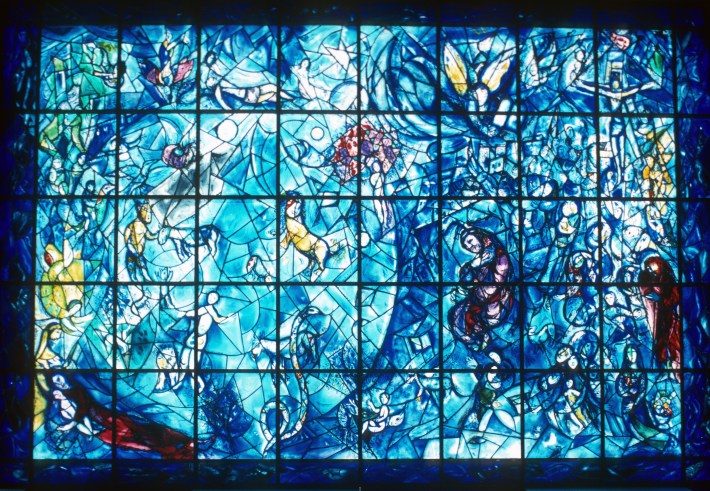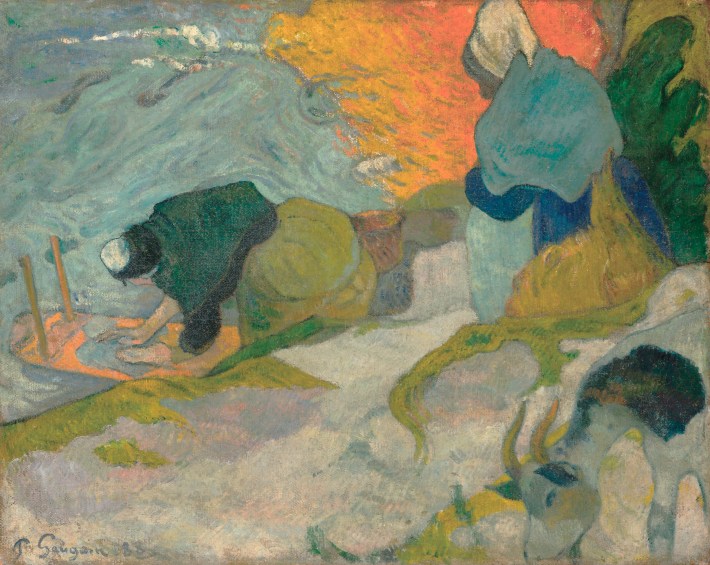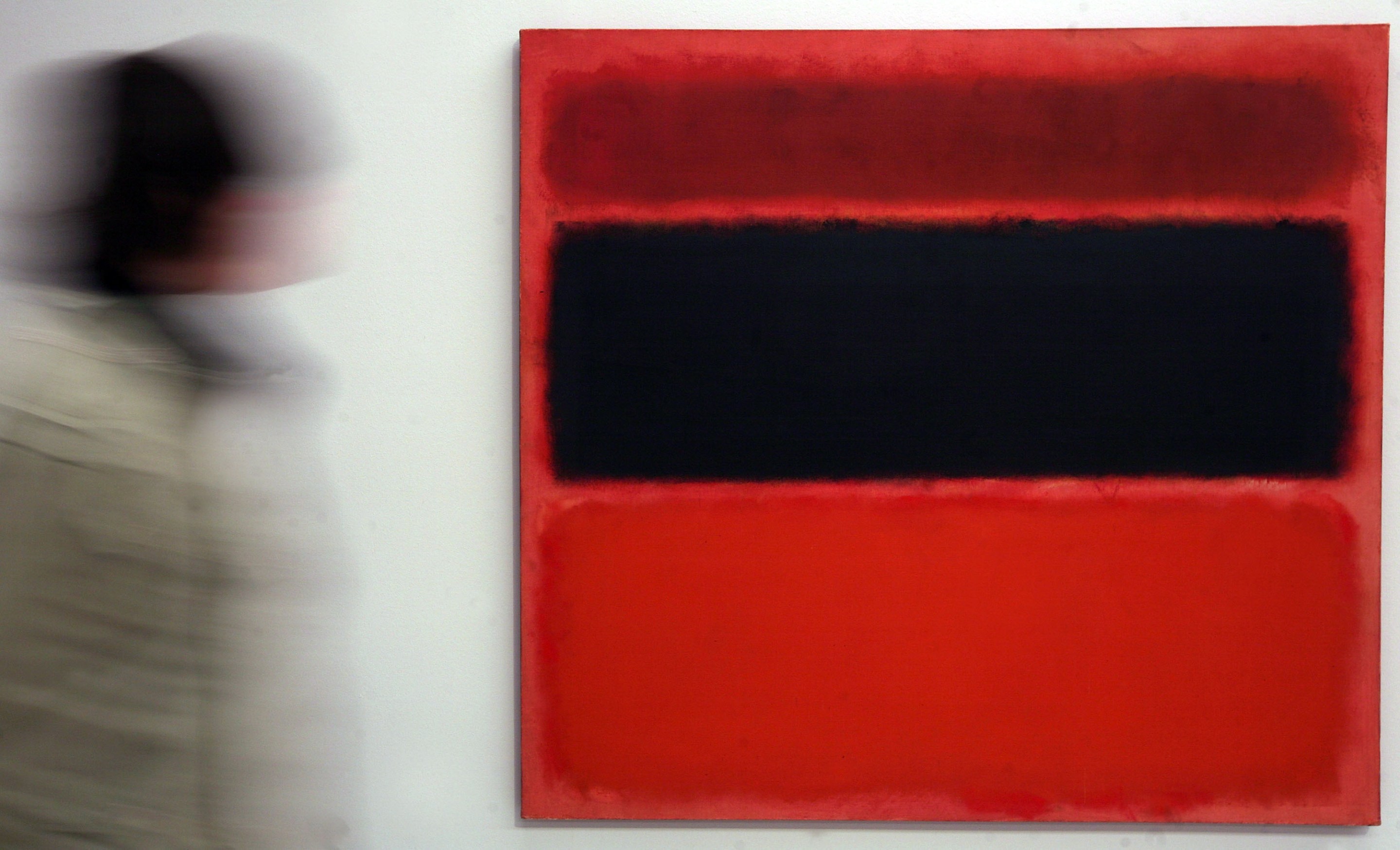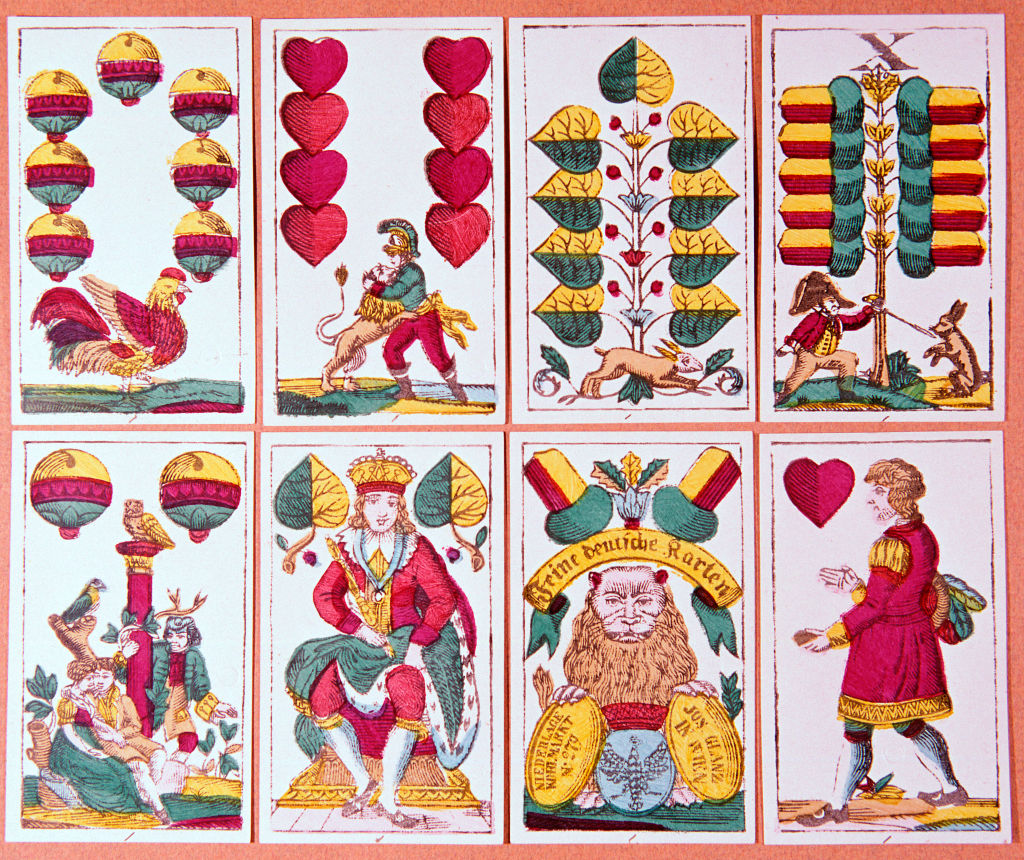Most games played at the Miami Marlins' home park, when watched on TV, have the same sort of watery echoed-out sonic aspect you get while submerged in a swimming pool. Some of this is because those are Marlins, to be fair. But the World Baseball Classic games played in that ballpark have proven beyond a doubt that there is something inherently fuzzy and underwater about the place. Even during the most intense and meaningful games ever played in that ballpark—even during games that were identifiably classics more or less from the first pitch—the crowd noise more closely resembles "a conversation about cryptocurrency overheard from the bottom of a pool" than "an extremely exciting sporting event." It's not that the games are less fun to watch for all that, really. But it does sort of make you wonder how much more fun they might be if experienced in person.
Can you imagine it? What if you were there, at the stadium whose sponsor's name we are not using here, crowded into every wild moment alongside the fans and the players? What if you were there, perched on one of the light stanchions atop the stadium, squinting down at the field below through the lens of a cellphone camera, and also the phone was sold to you in 2005 and has been dropped into the ocean dozens of times during the intervening decades. Additionally, what if every time you looked at the images from the stadium below, an enormous bird started absolutely going to town on the back of your head with its beak? Just bap-bap-bap-bap every time you peer down at the screen. Also you're starting to get a nosebleed.
I know: it seems like a dream. But this admittedly very specific experience of being at the World Baseball Classic can be yours thanks to the inimitable photography of USA Today lead baseball writer Bob Nightengale. In addition to his reporting and writing from the WBC, Nightengale has continued to take fans "inside the game" by rubbing a little bit of margarine on his phone's lens and then taking and posting memorable and extremely lucid images from the press box:
Marlins heroes Livan Hernandez and Jeff Conine throwing out the ceremonial first pitches pic.twitter.com/KSLprZCQIz
— Bob Nightengale (@BNightengale) March 19, 2023
...and from right down on the field:
All eyes on Ken Griffey Jr playing home run derby and winning pic.twitter.com/qppTegl5Zu
— Bob Nightengale (@BNightengale) March 17, 2023
This meant that even for those of us who couldn't be there on Monday night for the dazzling WBC semifinal between Japan and Mexico could get the experience of watching it from one vertical mile away, on a Sidekick, while getting our shit absolutely rocked by a large and highly aggressive bird. Nightengale's images of the game are a lot cheaper than a ticket and a lot more likely to make you wonder if you've suffered some sort of traumatic brain injury than the television broadcast, but they're also an all-access pass to the corners of the game that the television cameras don't and can't catch.
Before the game started, Nightengale captured an arresting image of Mexico's Randy Arozarena taking some reps in the outfield while wearing his team's celebratory sombrero and some nonstandard footwear. Nightengale was so pleased with this image, which looks like something that an AI art application would generate immediately after having a pint of grapefruit juice spilled onto it, that he posted it twice.
Yes, that is Randy Arozarena playing left field during batting practice for Team Mexico, wearing a sombrero and cowboy boots. pic.twitter.com/jyODTZpIFl
— Bob Nightengale (@BNightengale) March 20, 2023
Even once the Fox Sports television cameras were on and the game was being beamed into the homes of baseball fans around the world, Nightengale found a way to present new angles and insights on the action from his seat, which appears to have been located in the cockpit of a blimp circling the stadium.
The scouts section is filled with all eyes on Japanese sensation Roku Sasaki, who just threw 101-mph with his first pitch pic.twitter.com/geh6GW3H1B
— Bob Nightengale (@BNightengale) March 20, 2023
While that image of Japan starter Roki Sasaki is almost overwhelming in its intimacy, Bob also pulled back to capture the broader moments that filled out the game. Here's his look at the slick double play that Mexico turned in the second inning to get Patrick Sandoval through the frame.

But the broadcast does a good job of capturing that sort of action, even with the grumblebear grousing of John Smoltz souring the vibe. Where Nightengale wins, as a creator of images, is around the margins, and in the interstices and humble quiet spaces in the game that television cameras tend to pass over. The innings themselves belong to, and belong on, television. If you want to know what happens when those cameras aren't watching, you need Bob.
Randy Arozarena, the man of the hour, signing a few more autographs during this pitching change pic.twitter.com/lz0l7YLfeH
— Bob Nightengale (@BNightengale) March 21, 2023
Or take another quiet moment that Bob captured, in which Japan slugger Munetaka Murakami, who had struggled throughout the tournament before coming through with the game-winning hit, was encouraged in the dugout by teammates Shohei Ohtani and Masataka Yoshida after another empty turn at bat. This, as much as anything that happens on the field, is baseball. The game is made up as much of all the things that don't happen, between the plays, as it is by the things that do happen in the more obviously memorable moments. Each creates the possibility for the other.

All of it, the moments and the spaces that both separate and connect them, add up to the game. One team wins and one team loses; the box score can tell you that. But you have to know how to watch to see more than that. The shape of the thing reveals itself differently in the moment, and in the ballpark. The story is always telling itself, from various different perspectives and in so many different voices. It is the job of the artist to listen; it is the job of the journalist to note what needs noting, and to put it down where it can be read by those who want to know more than what the box score says.
Team Mexico salutes their fans after fabulous WBC showing pic.twitter.com/IT70uJu8dR
— Bob Nightengale (@BNightengale) March 21, 2023
Only so many people can fit into a baseball stadium, and not everyone who wants to be at the game can be there. Tickets cost money; games take time; contemporary life makes those things fraught, and precious. Thankfully, there is still a fuller experience to be found, for free, for those who care enough to look deeper.






